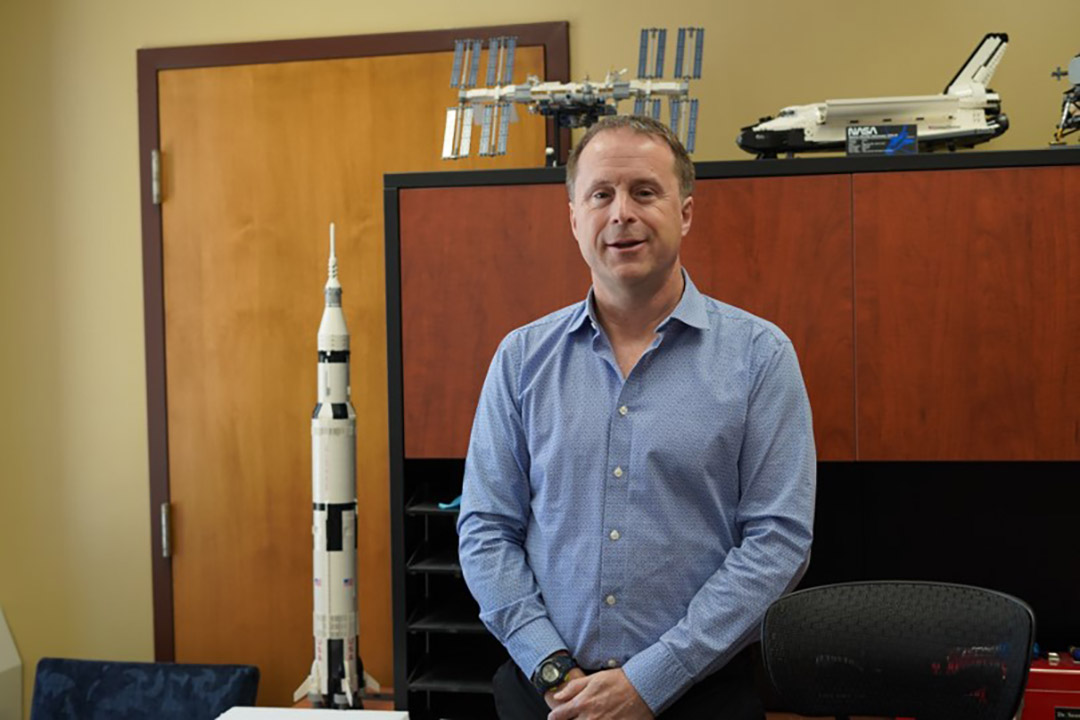
USask team studies effects of sweeping in curling
A research team from the University of Saskatchewan (USask) has been set up to carry out an 18-month long scientific research project on the effects of sweeping.
By World Curling FederationThe main objective of the study is to help clarify the role that sweeping plays in curling, insofar as it affects the ice and the behaviour of the stones.
The principal investigators of the research are Dr. Sean Maw (PhD), the Jerry G. Huff Chair in Innovative Teaching and associate professor at USask, and Eugene Hritzuk, former world senior curling champion (2009).
The research will include analyzing the bottom of broom heads after sweeping and photographing the ice that has been brushed to measure the changes. The team will look at the photographs of the ice after sweeping to analyze imagery for the smoothness of pebble tops and the rounding of pebble edges. The amounts and characteristics of the debris will also be analyzed to determine its source and nature.
They will also take videos of the ice after it has been swept, using infrared radiation cameras, and record broom head pressures and dynamics.
For all three purposes of sweeping (cleaning, polishing, heating), a variety of different sweeping regimes, intensities, and durations would ideally be investigated using the best available instruments.
Finally, the research team is planning to examine the trajectories of stones under different sweeping regimes, as this is what matters the most for curlers.
“In the spring of 2022, the World Curling Federation Technical Commission felt it was time to conduct a study to investigate current sweeping techniques being employed by athletes. This would be a follow-up from the Sweeping Study conducted in 2016,” said Scott Arnold, head of development with the World Curling Federation.
“Dr. Sean Maw (PhD) had been experimenting with macro photography of curling ice and was developing a stone-throwing machine, so he seemed like the perfect fit. In just over a year, we should be able to publish the findings from the study and hopefully demonstrate the effects of brushing on the ice surface and how the different sweeping techniques affect the trajectory of a stone.”
“The physics of curling offers many mysteries and lots of complexity, which makes it very interesting to study. Discovering how brushing works can help curlers of all levels and the whole sport itself, which would be a satisfying accomplishment,” said Maw.
“The field of curling physics is primed for such an advancement in understanding, building on the work of several investigators and their recent studies. It is important that the WCF is leading this effort though, as it shows principled sport leadership that is focused on benefits for everyone in the world-wide curling community. If we can gain more clarity on how brushing really works, it will advance the sport in terms of equity for all participants and it will help to establish a scientific foundation for the further development of rules and techniques in curling.”
The research project began in early 2023 and is currently in its data collection phase. The final report will be published in mid-2024.

